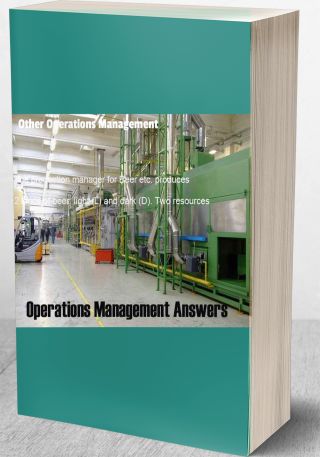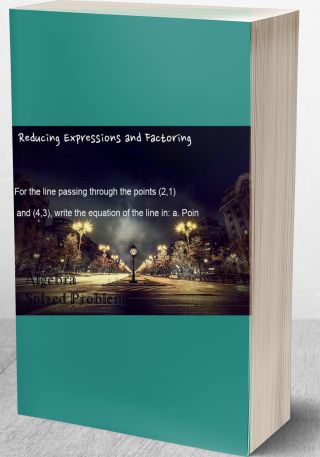Switching banks after a merger. Banks that merge with others to form ‘mega-banks’ sometimes leave cu
Question: Switching banks after a merger. Banks that merge with others to form ‘mega-banks’ sometimes leave customers dissatisfied with impersonal service. A poll by the Gallup Organization found 20% of retail customers switched banks after their banks merged with another (Bank Marketing, Feb. 2009). One year after the acquisition of First Fidelity by First Union, a random sample of 25 retail customers who had banked with First Fidelity were questioned. Let x be the number of those customers who switched their business from First Union to a different bank.
a) (2 points) What assumptions must hold in order for x to be a binomial random variable? In the remainder of this problem, use the data from the Gallup Poll to estimate p.
b) (2 points) What is the probability that x≤ 10?
c) (3 points) Find E(x) and the standard deviation of x.
d) (2 points) Calculate the interval μ±2σ.
e) (3 points) If sample of size 25 were drawn repeatedly a large number of times and x determined for each sample, what proportion of the x values would fall within the interval you calculated in part d?
Deliverables: Word Document


![[Solved] Suppose that you work for a global petroleum corporation that has recently bought offsho #26593 Other Probability Distributions](/images/downloads-images/featured/Probability-question-26562.jpg)

![[Solution] In a batch of 8,000 clocks radios 8% are defective. A sample of 7 clock radios is randomly selected #27815 Other Probability](/images/downloads-images/featured/Probability-question-8441.jpg)
![[Solution] The National Highway Traffic Safety Administration (NHTSA) conducted a survey to learn how drivers t #22882 Other Probability](/images/downloads-images/featured/Probability-question-21470.jpg)

